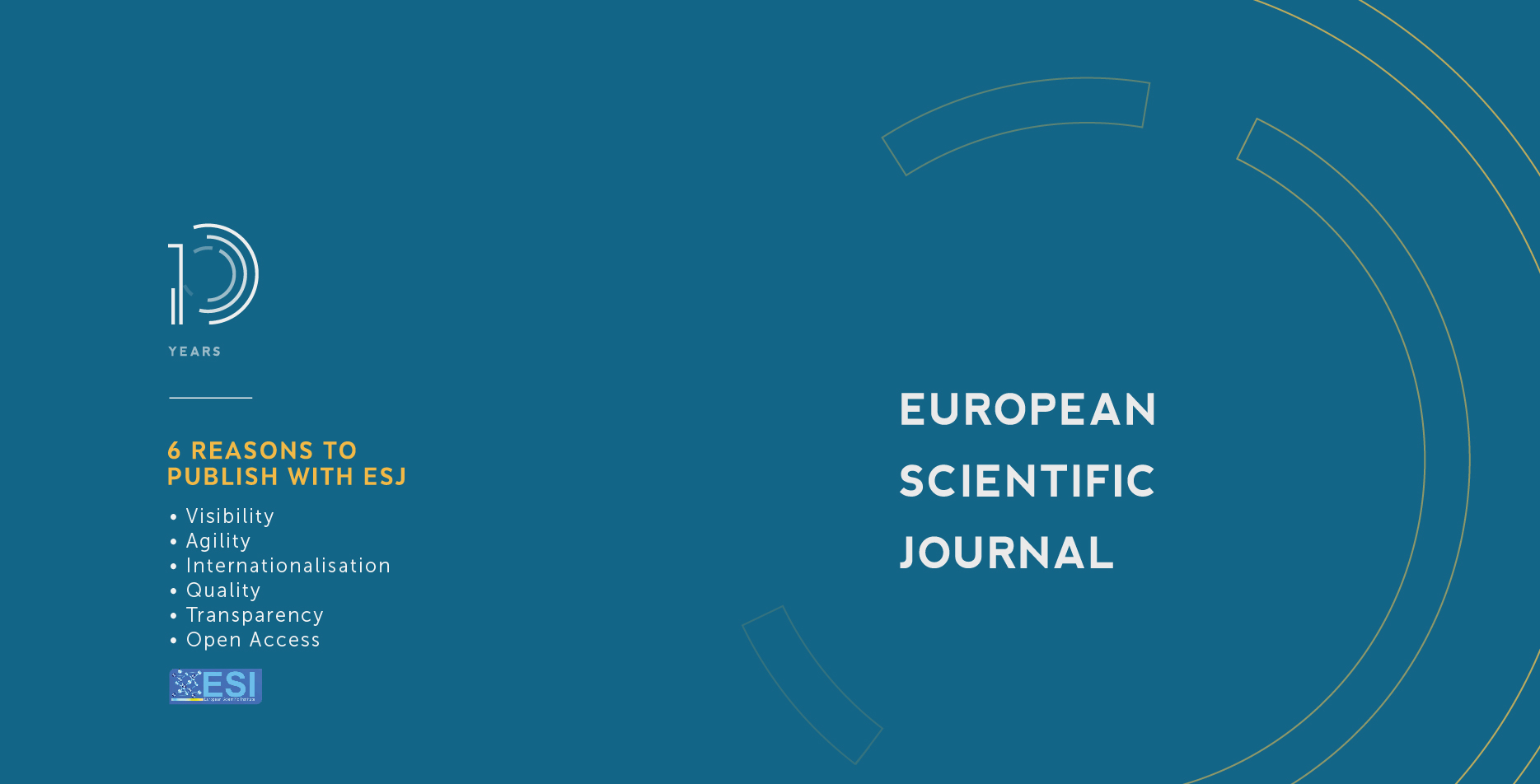Macroeconomic Forecasting Examining the COVID-19 Pandemic Using Selected Countries: A Machine Learning LSTM (Long Term Short Term Memory) Approach
Abstract
The disease COVID-19 caused by the virus SARS-CoV-2 has initially disrupted the Chinese economy after the first cases were reported in December 2019 in Wuhan city in Hubei province of China. The virus continued to spread throughout the rest of the world. This spread of the virus led to the official designation of the COVID-19 pandemic by the World Health Organization (WHO) in late February 2020, which resulted in the disruption of these economies due to the stringent lockdowns and restrictions in travel disease's evolution. The disruptive economic impact is highly uncertain, making it difficult for policymakers to craft an appropriate policy response to these macroeconomic disruptions. To better understand possible economic outcomes, this paper explores the use of the machine learning approach LSTM to assess the economic forecast in some selected countries. The empirical results from this paper demonstrate that there are temporary disruptions in macroeconomics in the short run and these economies rebound. The recovery of each selected country may be different as the forecast would imply.
Downloads
Metrics
PlumX Statistics
References
2. Doherty, B. (2020). Coronavirus Economics History Health.
3. Bloom, E., V. d. Wit, et al., (2005). Potential economic impact of an Avian Flu pandemic on Asia. ERD Policy Brief Series No. 42. Asian Development Bank, Manila.
http://www.adb.org/Documents/EDRC/Policy_Briefs/PB042.pdf.
4. Chou, J., Kuo, N. F., & Peng, S. L. (2004). Potential impacts of the SARS outbreak on Taiwan's economy. Asian Economic Papers, 3(1), 84-99.
5. Cuddington, J. T., (1993a). Further results on the macroeconomic effects of AIDS: The dualistic, labour-surplus economy. World Bank Economic Review 7(3), 403-17.
6. Cuddington, J. T., (1993b). Modeling the macroeconomic effects of AIDS, with an application to Tanzania. World Bank Economic Review 7(2), 173-89.
7. Garrett, T. A. (2007). Economic effects of the 1918 influenza pandemic. Federal Reserve Bank of St. Louis, 26.
8. Hyams, K. C., F. M. Murphy, et al., (2002). Responding to chemical, biological, or nuclear terrorism: The indirect and long-term health effects may present the greatest challenge. Journal of Health Politics, Policy and Law 27(2), 273-91.
9. Jordà, Ò., Singh, S. R., & Taylor, A. M. (2020). Longer-run economic consequences of pandemics (No. w26934). National Bureau of Economic Research.
10. Keogh-Brown, Marcus, McDonalds, Scott et al. The Macroeconomic Costs of A Global Influenza Pandemic. Available at: https://www.gtap.agecon.purdue.edu/resources/res_display.asp?RecordID=2755.
11. Lee, J.W & McKibbin, W. (2004). Estimating the Global Economic Costs of SARS. in S. Knobler, A. Mahmoud, S. Lemon, A. Mack, L. Sivitz, and K. Oberholtzer (Editors), Learning from SARS: Preparing for the Next Outbreak, The National Academies Press, Washington DC (0-309-09154-3)
12. Litterman, R. B. (1979). Techniques of Forecasting Using VAR. Working paper no.115 Federal Reserve Bank of Minneapolis, Minneapolis, MN Nov 1979.
13. Meltzer, M. I., N. J. Cox, et al., (1999). The economic impact of pandemic influenza in the United States: priorities for intervention. Emerging Infectious Diseases 5(5), 659-71.
14. Siami-Namini, S., Tavakoli, N., & Namin, A. S. (2018, December). A comparison of ARIMA and LSTM in forecasting time series. In 2018 17th IEEE International Conference on Machine Learning and Applications (ICMLA) (pp. 1394-1401). IEEE.
15. Olah, C. (2015). Understanding LSTM. Colahs Blog, https://colah.github.io/posts/2015-08-Understanding-LSTMs/.
16. Schoenbaum, S. C., (1987). Economic impact of influenza. The individual's perspective. American Journal of Medicine 82(6A), 26-30.
17. Sunstein, C. R., (1997). Bad Deaths. Journal of Risk and Uncertainty 14(3), 259-82.
18. Wall Street Journal (2020). Trump and the Stock Market.
19. Viscusi, W. K., J. K. Hakes, et al., (1997). Measures of mortality risks. Journal of Risk and Uncertainty 14(3), 213-33.
20. Yildirim, D., Toroslu, I., & Fiore, U. (2021). Forecasting Directional Movement In Forex data using LSTM with Technical and Macroeconomic Indicators. Financial Innovation.
Copyright (c) 2022 Rolando A. Santos, Brian W. Sloboda

This work is licensed under a Creative Commons Attribution-NonCommercial-NoDerivatives 4.0 International License.








